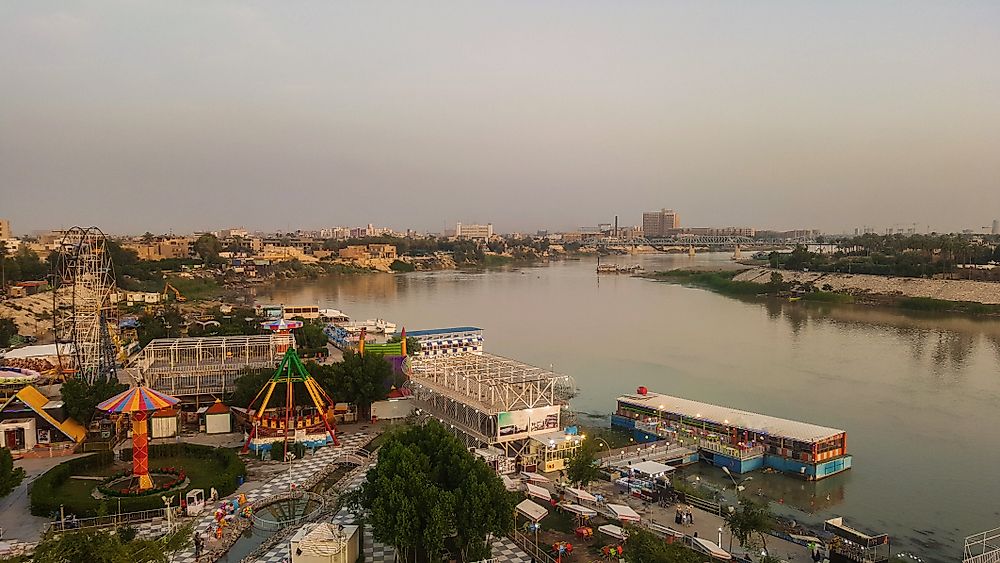What Is The Capital Of Iraq?

Where Is Iraq?
The Western Asian country of Iraq has an area of 437,072 square km and hosts a population of 37,202,572 individuals. The country is bordered by Turkey, Iran, Kuwait, Saudi Arabia, Jordan, and Syria to the north, east, southeast, south, southwest, and west, respectively.
What Type of Government Does Iraq Have?
Iraq is a democratic, parliamentary republic. The federal government of Iraq has three branches: the executive, legislative, and the judicial. The Prime Minister of Iraq heads the executive branch of the government and selects a Council of Ministers. The President of Iraq serves as the head of state. The Federation Council and the Council of Representatives compose the legislative branch of the government. The judicial branch of the Iraqi government comprises of the Supreme Court and other federal courts and legal institutions.
What Is the Capital of Iraq?
The city of Baghdad is the capital of Iraq. The Metropolis of Baghdad encompasses an area of 204.2 square km. As of 2016, the population of the city was 8,765,000 people. It is the country’s most populated city and the second largest one in Western Asia after the Iranian capital of Tehran. The city of Baghdad is located on a massive plain bisected by the Tigris River. The city spreads out on both the banks of the river. The eastern and the western halves of the city are called Risafa and Karkh, respectively.
History of Baghdad
The city of Baghdad is one of the world’s oldest cities. It was founded in 762 as the Abbasid dynasty’s capital city. For the next five centuries, Baghdad flourished and became one of the Islamic world’s most renowned cities. At its peak, it was regarded as one of the greatest cities in the world. The strategic location of Baghdad on the Tigris river’s trading routes and the fact that it had sufficient water resource despite the dry climate, made Baghdad a prosperous city. The importance of the city, however, waned following its capture by Hülegü, a Mongol leader, in 1258. During the rule of the Ottoman Empire in the later centuries, Baghdad served only as a provincial capital. It was only after 1920 when the city became the capital of Iraq that it regained its lost prominence. It grew fast and became a modern metropolis.
Role of Baghdad as the Capital City of Iraq
As the capital of Iraq, Baghdad hosts the offices and residences of the federal government. The Republican Palace of Baghdad serves as the official residence of the country’s Prime Minister while the Radwaniyah Palace is the residence of the President of Iraq. Baghdad also has the Green Zone in the Karkh district where the Council of Representatives, the legislative body of the Iraqi government meets.
The city is not only the political capital of Iraq but also the country’s cultural and economic capital. It accounts for about 40% of the national GDP. 22.2% of the total population of the country resides in Baghdad.











